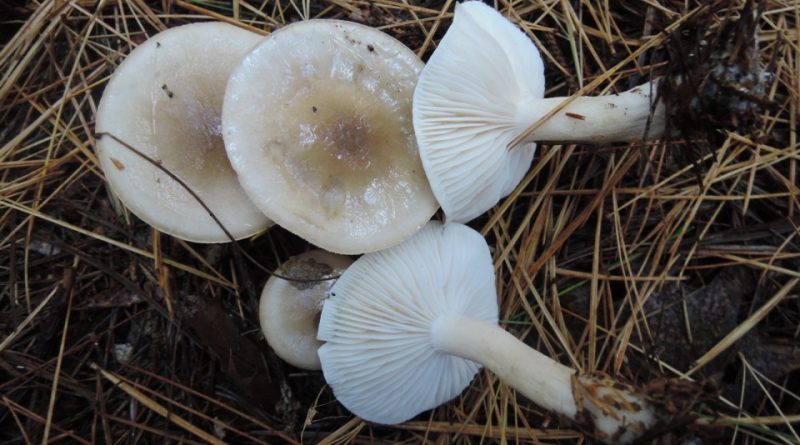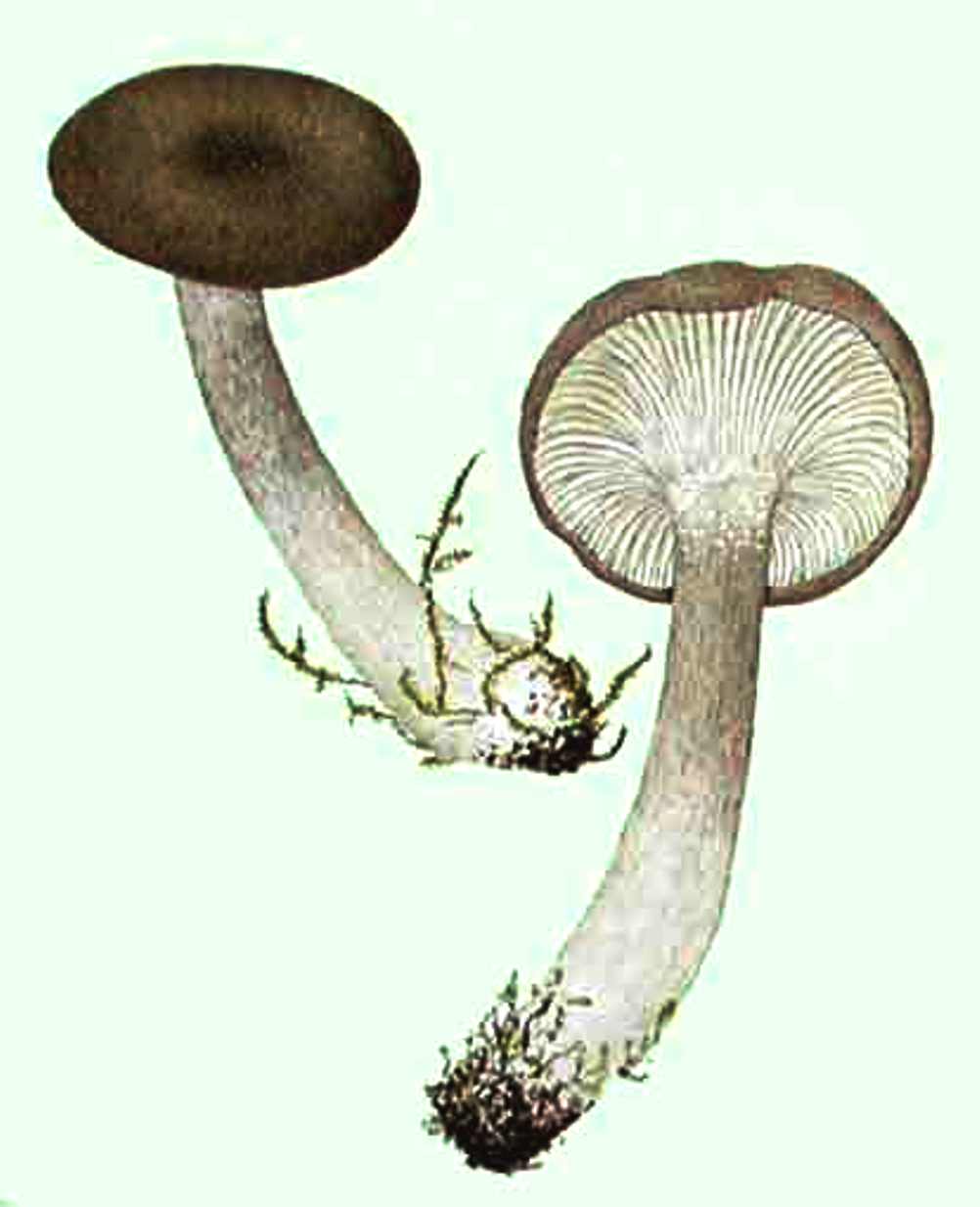Hygrophorus agathosmus
Hygrophorus agathosmus
The fragrant hygrophore (Hygrophorus agathosmus (Fr.) Fr.) is a basidiomycete fungus of the family Hygrophoraceae.
Systematic –
From the systematic point of view it belongs to the Domain Eukaryota, Kingdom Fungi, Phylum Basidiomycota, Class Basidiomycetes, Order Agaricales, Family Hygrophoraceae and therefore to the Genus Hygrophorus and to the Specie H. agathosmus.
Etymology –
The term Hygrophorus comes from the Greek ὐγρός hygrόs humid and from φορέω phoréo bring, have: which collects and conserves moisture. The specific epithet agathosmus is derived from the Greek ἀγαθός agathós good and ὀσμή osmé smell: that is fragrant.
Geographic Distribution and Habitat –
Hygrophorus agathosmus is a symbiotic mushroom that grows mainly in coniferous woods and sometimes even in beech woods. The fruiting period is between summer and autumn.
Recognition –
The odorous hygrophore is recognized by a 4-9 cm hat, which is rounded first, campanulate and then convex with umbone, then smoothed or depressed, with a thin margin, slightly excess, sometimes involute, of a lighter color than to the rest of the hat; the cuticle is smooth, moist and viscous, with a pale gray color, darker in the center. The lamellas are slightly decurrent, spaced, interspersed with lamellule ,. The stem measures 5-8 x 1-1.5 cm; it is full, firm, cylindrical, slightly enlarged at the base, with a whitish color and decorated with smaller darker flakes. The flesh is whitish in color, compact and immutable, with a sweetish taste (sometimes even bitterish) and with the smell of bitter almonds. Under the microscope there are white spores in mass, of 8-10.5 x 4.5-5.5 μm, of ellipsoidal shape, smooth and yellowish in the Melzer reagent. The basidia are tetrasporate, of 48-65 x 6-8 μm. pleurocystids and cheilocystides are absent.
Cultivation –
Hygrophorus agathosmus is not a cultivated fungus.
Uses and Traditions –
For the less experienced the Hygrophorus agathosmus can be confused with other similar species. Among these we remember the Hygrophorus hyacinthinus Quél., Which has a smooth, fibrillose and slimy cuticle with wet weather. It also has slightly paler, silky-silvery colors and, with age, darkens towards more brownish tones; the lamellae are whitish with pinkish reflections, it is edible, but without any alimentary value; the stem measuring 2.5-6 cm is curved, attenuated at the base, with white floccosity at the top. The element that characterizes it is the difference is the smell, not always very obvious: initially you notice a delicate scent of hyacinth that soon turns into earthy, noticeably unpleasant.
Also the Hygrophorus odoratus A.H. Sm. & Hesler can be confused, as for proportions, it seems to be a miniature of Hygrophorus agathosmus: he has the hat, with the margin a little pleated, almost micenoid and measuring at most 2.5 cm; moreover the color of the lamellae is yellowish-pink and grows among the needles, in the woods of Peccio and smells like bitter almonds.
As for edibility, the odorous Igroforo, even if some define it as edible, for others it is called non edible; in doubt, consumption is not recommended.
Preparation Mode –
Due to its uncertain edibility, no use or preparation is recommended.
Guido Bissanti
Sources
– Wikipedia, the free encyclopedia.
– Cetto B., 2008. Real mushrooms, Saturnia, Trento.
– Pignatti S., 1982. Flora d’Italia, Edagricole, Bologna.
– Conti F., Abbate G., Alessandrini A., Blasi C. (edited by), 2005. An annotated checklist of the Italian vascular flora, Palombi Editore.
Warning: Pharmaceutical applications and alimurgical uses are indicated for informational purposes only and do not in any way represent a medical prescription; there is therefore no liability for their use for curative, aesthetic or food purposes.


